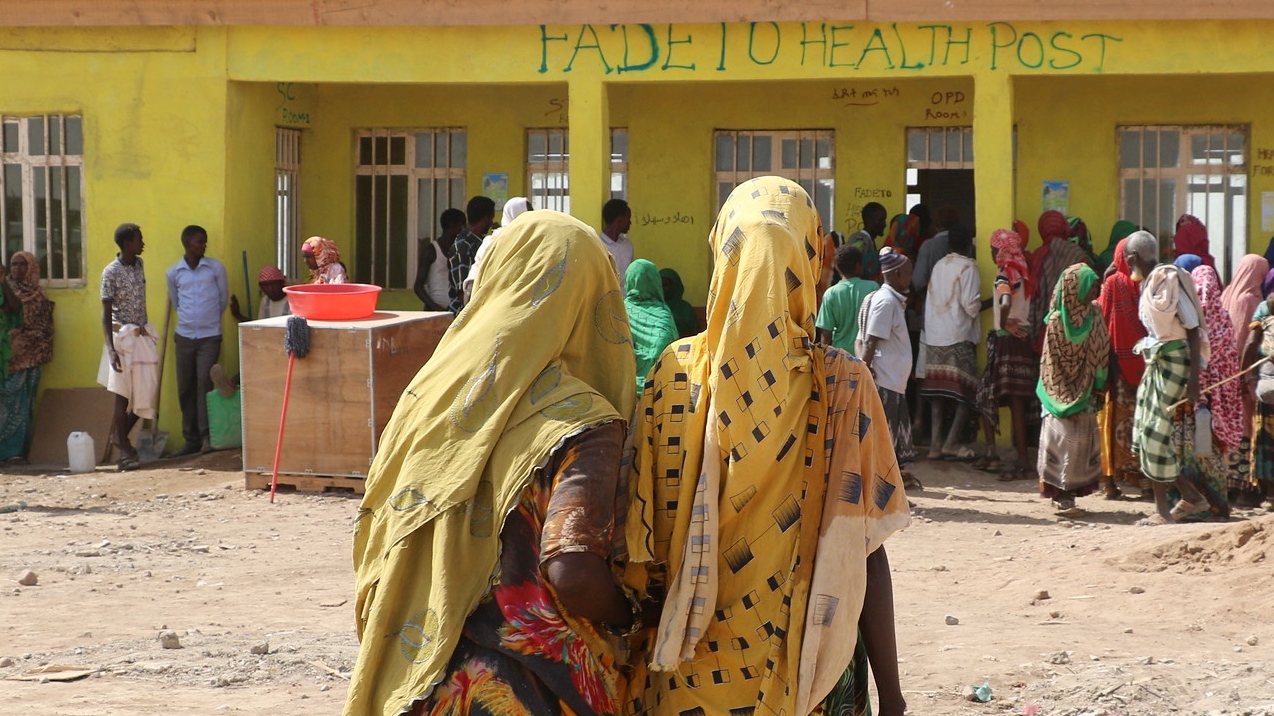The failure of peace agreements is often due to a breakdown in their implementation. Details not dealt with at the negotiation stage and misunderstandings about terms and obligations can derail the process once a deal agreed behind closed doors reaches the real world. Yohannes Woldemariam takes us through some of the key obstacles that face the Cessation of Hostilities Agreement signed between Ethiopia and the Tigray People’s Liberation Front in November.
Abiy and Isaias’s alliance
Eritrea’s President, Isaias Afwerki has a grandiose ambition of becoming a regional hegemon. He and Ethiopia’s Prime Minister Abiy Ahmed share the goal of defeating the Tigray People’s Liberation Front which they see as a threat to their power. Eritreans who have little stake in this war have lost their lives in this pointless conflict, needlessly endangering Eritrean sovereignty in the process.
It is an open secret that the Ethiopian military has been conducting its campaign from Eritrea in close coordination with Eritrean troops and even under the direction of Eritrean commanders. Despite this, Eritrea was not involved in the negotiation of the Cessation of Hostilities Agreement (CoHA) signed in Pretoria in November.
The document contains no mention of the demarcation of the Eritrean-Ethiopian border, which runs to the north of Tigray and which, despite a Hague verdict, the TPLF still regard as disputed.
The marriage of convenience between Abiy and Isaias gave the Tigrayan leaders and activists a formidable propaganda advantage, depicting Abiy as a “national traitor” and demonising Eritreans.
Given the level of Eritrea’s involvement in the conflict, it is hard to see how the peace deal can work without them.
Disarmament
Redwan Hussein who served as Ethiopia’s main negotiator briefed diplomats in Addis Ababa that Tigray will continue to have its own security forces, even after the TPLF disarm. Like all regions in Ethiopia, Tigray maintains its own police and security forces that are not answerable to the federal government. The final size of these forces will be contingent on the yet to be determined security situation. But there are approximately 250,000 soldiers fighting for the TPLF. Will they all be found jobs or be happy to return to civilian life?
These contingencies make it unlikely that there will be a quick disarmament. Getachew Reda, who signed the deal on behalf of the TPLF, has publicly said that it might take years to disarm.
Keeping Ethiopia Together
Fundamentally, Tigrayan nationalism for the TPLF means that Tigray should shape the Ethiopian state and its policies, or remain separate. The Amhara and the Oromo feel the same way about their respective ethnicities and regions. The TPLF leadership is under pressure from young diaspora activists to declare a Tigray state through a referendum. Before the ink dried on the Pretoria agreement, the situation in Wollega became murderous causing widespread anarchy and displacement. Further rebellion in Oromia could cause the undoing of Ethiopia. Even the city of Addis Ababa or Finfinnee (as Oromo nationalists call it) has become a sight of struggle for ownership. Federalism has become a fig leaf and regions in Ethiopia are behaving as de facto states.
If there isn’t a resolution for the various fault lines, Ethiopia is an empire that could be staring at complete disintegration. To be sure, the Ethiopia that Abiy inherited has been plagued by ethnic unrest and joblessness. He was welcomed as a redeemer, an agent for change, and was even awarded the Nobel Peace Prize. Ethnic conflict is a perennial question in Ethiopia and not a creation of the TPLF. However, in his short tenure, Abiy has plunged Ethiopia into a quagmire with unprecedented bloodshed.
In countries where the state is contested such as Ethiopia there is a need to think beyond traditional models. There needs to be a greater exploration of the division between state and regional and ethnic authorities. Political rehabilitation might have to explore novel approaches such as a loose confederation rather than imposing traditional state structures if Ethiopia wishes to survive.
The International Jigsaw
Ethiopia’s geographic location and geopolitical standing mean that if these problems are not resolved they will have international implications.
Chaos in Ethiopia will negatively impact neighbouring countries including Djibouti which hosts US and Chinese military bases and already has an Afar rebellion against the dominant Issa. Significant numbers of Afar also live in Eritrea and Ethiopia. Al Shabab has made military incursions into Ethiopia while Djibouti is amassing troops and tanks close to the Eritrean border. Sudan has also taken advantage of the chaos in Ethiopia occupying the disputed territory in the Al Fashga triangle. With expanded instability, there will be more armed groups and refugees.
Although the African Union played a role in Pretoria, under tutelage by those powerful enough to make a difference, the AU does not have a track record of solving problems. The location of the AU in Addis Ababa gives Abiy Ahmed an unfair advantage when it comes to sweet-talking other African leaders. When countries in a U.N.-mandated monitoring mission voted to extend human rights investigations in Ethiopia, all member African countries voted against it. The debacle in the failed earlier planning for an AU-sponsored mediation in South Africa didn’t help to build confidence.
The end game?
Tigray gets the lion’s share of the publicity, but the entire country is currently ungovernable. Abiy has other fights in Wollega, Benishangul, Borena, Bale, Arusi, Afar, Somali and the Amhara region. He has been beleaguered by internal wars and discontent within Ethiopia.
A military solution is difficult to imagine in Ethiopia. The Tigrayan forces have not been able to break the siege they are under, but it also seems impossible for Abiy or any combined Eritrean and Ethiopian forces to decisively defeat them. For practical purposes, Tigray and the central government are dealing with each other as de facto separate entities. In Pretoria, both sides decided their survival was at risk by continuing the war.
Agreement came because neither party can achieve a military victory. The TPLF gave priority to its own survival over the demands and needs of the Tigray people and Abiy decided this was his best chance to legitimise his power in the capital. Will this agreement salvage Ethiopia? That is the question that we must all now await an answer to.
Photo credit: Will De Freitas used under CC BY-NC-ND 2.0





